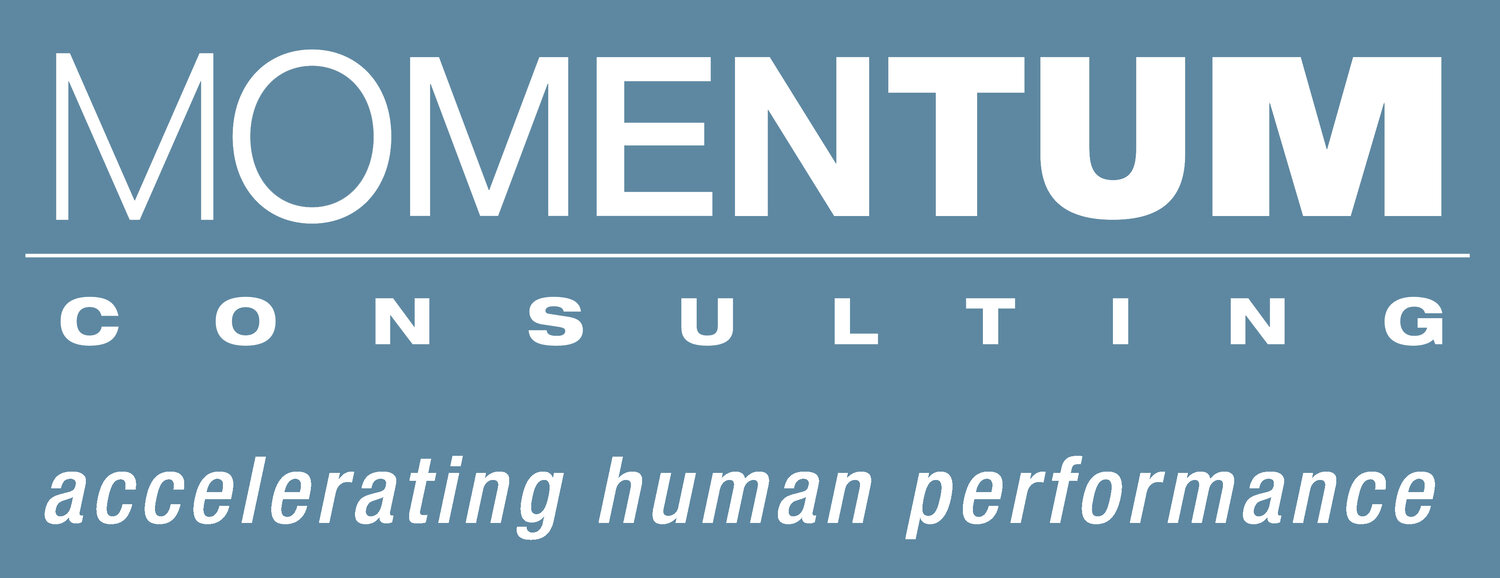How We Create Our Reality + 5 Ways To See Around Your Blind Spots
All reality is merely an illusion, albeit a persistent one.
-- Albert Einstein --
Most people would chuckle and nod their head in agreement when hearing Einstein’s quote, however after pondering it, do you think it would it immediately change their thought processes? Or even their behavior? It’s doubtful, right? One quote is surely not enough to greatly impact how people think, react and behave.Why is that? Because our personal reality is a function of a particular paradigm of experience that we grew up in. Just like artificial intelligence that learns based on its accumulation of data, our early experience shapes our forming reality and then begins to reinforce it and interpretation starts to become fact.As an example, “less than 1 in 4 of American’s believe there is a scientific consensus about climate change, yet 97% of scientists are in agreement.”To simplify, our thought process is broken down into the model below:
- Something happens
- Reaction – emotion based
- Assessment – if we even notice
- Interpretation – we create a story about what happened
- Validation – which is a lifetime series of “something happens”
- Response
- Repeat
Therefore, in the example above, someone hears a report on the news about climate change. Their reaction is that it is a bunch of hooey. When they see that 97% of scientists believe that climate change is real, they think, that does not fit with what I know, they interpret it as incorrect information, and validate it by responding that “the weather was actually getting colder where they lived. Their response is to reject this information as fact, and this process repeats. What this example shows is that things may not be what they seem or be the exact representation of what is there because our personal experiences shift our perception. This person might not realize the fact that climate change is real until sea level changes affect US coastal cities (and maybe not even then).To use a business example in this model, look at this Forbes article, “The Leadership Blind Spot That’s Killing Your Business.” During the discussion about the Company value’s, because the employees had never spoken up about the fact that it was not “fun” to work there, every time in the past that the CEO had talked about fun without a rebuke, reinforced his belief that the “Company is a fun place to work.”Our personal mental filters of how the world works and what things mean, especially in regard to other people’s behavior, change what we perceive people to be doing or mean. This process happens naturally and almost instantaneously. Science supports that our feelings “guide our decisions and actions.” You only have to come to similar future interpretations before it’s not just your interpretation; it’s something you are “RIGHT” about! This leaves us operating in life with tunnel vision managing our work, productivity, and life on a certain amount of unreliable intel, of our own making!What if you took the position that all reality, really is, merely an illusion? How would you respond: become more thoughtful, check things out more, be more curious, and really listen to others, especially those with different points of view?What our particular beliefs leave us with are blind spots. A strongly held belief closes us to other perspectives. Those can be very costly closings! Automobiles have blind spots and we learn to navigate around them. Humans can do the same with our own blind spots or the limitations placed on us by our beliefs. It takes a developed level of curiosity to bypass the emotional response, and look at something in a new way.5 ways you can practice seeing around your blind spots:
- Get Confirmation: practice telling people what you heard them say for confirmation and then tell them what you think that means, start to calibrate your accuracy from their answers.
- Determine Opposite Values: take five things you strongly believe in, like your Core Values, and research the opposing view until that view makes sense to you (makes sense does not mean agree with).
- Write a Letter: send 10 people a letter, at least half of whom you work with and tell them you are doing some self-development work and would like them to describe what they think are your most productive behaviors and your most unproductive, especially those that may have undesirable impact on others and set it up so you don’t know who wrote what.
- Ask for “Help”: in the next five situations that you have to make a decision, ask several others how they would handle it, then see if it changes your thought or you disagreed with the information.
- Get a Mentor(s): have someone you can talk to that will question your thinking and help point out other perspectives, or points of view, which in turn will help with realizing blind spots.
If we get as much done operating on limited intel, imagine what we could do with greater access to our brainpower, independent of emotion. Now look at the Einstein quote from the beginning again, “All Reality is merely an illusion, albeit a persistent one.“ After following the 5 steps above, was your point of view shifted? Keep working the 5 steps (or the ones you find most effective) until you can put your preconceived point of view aside and examine the facts from a fresh perspective each time.

